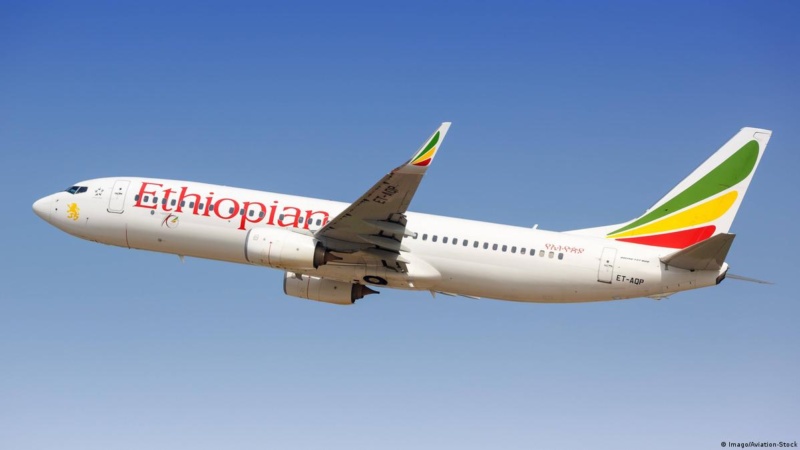Festival of Aïr 2025 set to spotlight Niger’s cultural wealth and desert tourism revival

At the foot of the striking Aïr Mountains, where ochre dunes blend into blue-tinged volcanic peaks, the commune of Yferouane is finalising preparations to host the 17th Festival of Aïr from 1 to 3 December 2025. Supported by the high patronage of the Prime Minister and led by the Ministry of Tourism and Handicrafts, this year’s edition focuses on a theme that resonates strongly across the region: enhancing domestic tourism and handicrafts as foundations of resilience and national identity. For the Niger Tourism Promotion Agency, the event also signals an important moment for reconnecting travellers with the Far North, a region rich in heritage yet often underexplored by mainstream tourism.
For tourism professionals across sub‑Saharan Africa, the festival stands out as a reminder of the powerful role that culture‑based events can play in reactivating regional tourism flows. As Niger works to strengthen its visibility and competitiveness, the Aïr Mountains offer a compelling landscape with significant potential for adventure, cultural and community-driven travel. Ms. Mariam RHOUMOUR, Director General of the agency, highlights that the festival is an opportunity to rediscover “the cultural and tourism richness of the Aïr”, a region whose stories, crafts and landscapes continue to capture the imagination of visitors.
The Festival of Aïr remains one of Niger’s most emblematic cultural celebrations, bringing together communities, artists and travellers for three days of exchange and discovery. Set on the threshold of the Sahara, the event creates a space where ancestral tradition intersects with modern expression. For participants, it offers direct access to the cultural vitality that defines the Aïr region—long regarded as one of Niger’s most significant historical corridors. As Ms. RHOUMOUR notes, the gathering provides a timely platform to highlight local crafts, promote the region’s heritage sites and revisit culinary traditions that form an essential part of the Aïr identity.
A key component of the festival is its emphasis on showcasing the desert through curated tourist circuits. Guided excursions will take visitors through dune fields, mountain passes and geological formations that narrate both the natural evolution of the region and the longstanding interactions between the environment and its people. These routes also immerse participants in the unique desert light at dusk, a visual experience often cited as one of the area’s most unforgettable features. For African operators seeking fresh product diversification, such immersive desert itineraries carry strong appeal for adventure travellers and cultural enthusiasts alike.
Beyond the landscapes, the festival’s programme presents a vibrant calendar of cultural evenings and artistic showcases. Performances in poetry, traditional singing, ceremonial attire and camel racing reflect customs that have shaped community life for generations. These activities serve a dual purpose: safeguarding intangible heritage and reaffirming the social value of artistic expression within the Aïr communities. For Niger’s creative sector, the festival remains one of the most important arenas for talent visibility and interregional exchange.
One of the most anticipated events is the evening tendée, a culturally significant gathering built around rhythmic chants and drum patterns performed around the fire. The tendée offers an intimate encounter with one of the Sahara’s most enduring musical traditions, allowing visitors to witness vocal styles and communal rituals that have been preserved for centuries. The performance also reinforces the close connection between music, oral storytelling and identity—a hallmark of cultural tourism across the Sahel.
Another major pillar of the festival is its Forum on Peace and Social Cohesion, organised by the High Authority for Peacebuilding. The forum creates a space for dialogue on the role of culture and tourism in fostering stability, unity and long-term resilience. For African tourism professionals, this emphasis reflects a broader continental trend toward linking tourism development with peace-building efforts, especially in regions where communities depend on both social cohesion and cultural heritage to sustain livelihoods.
Throughout the event, artisans and creators will showcase traditional craftsmanship, ranging from jewellery and leatherwork to textiles and decorative arts. These displays highlight the central role of handicrafts in local economies and the potential for artisans to reach new markets through cultural festivals. As demand rises for authentic, ethically sourced handmade products, platforms like the Festival of Aïr offer essential opportunities for artisans to expand their customer base and participate more actively in the tourism value chain.
The festival has increasingly attracted attention from international travellers seeking deeper cultural immersion and desert-based adventures. However, its strength lies in maintaining strong local roots. According to Ms. RHOUMOUR, the challenge moving forward is to widen the festival’s reach while ensuring that benefits flow to the communities that sustain the traditions showcased each year. For Niger, this balancing act forms part of a broader strategy to develop tourism that respects cultural identity, strengthens community participation and supports long-term sustainable growth.
As Yferouane prepares to welcome visitors for the 2025 edition, the Festival of Aïr stands as a powerful reflection of Niger’s resilience and cultural pride. It underscores how heritage, craft and communal storytelling continue to shape national identity, even as the country pushes toward new horizons in tourism development. For African tourism stakeholders, the festival provides insight into how desert regions can harness cultural assets to drive renewed interest, diversify offerings and build stronger connections with global travellers.
In celebrating both the past and the future, the festival reinforces the centrality of the Aïr Mountains within Niger’s cultural landscape and highlights the importance of developing tourism strategies that are rooted in authenticity and local empowerment. As December approaches, the region prepares to welcome a diverse audience to a gathering that blends celebration with reflection—making the Festival of Aïr a signature event on the African cultural tourism calendar.
Originally Published at travelnews.africa






